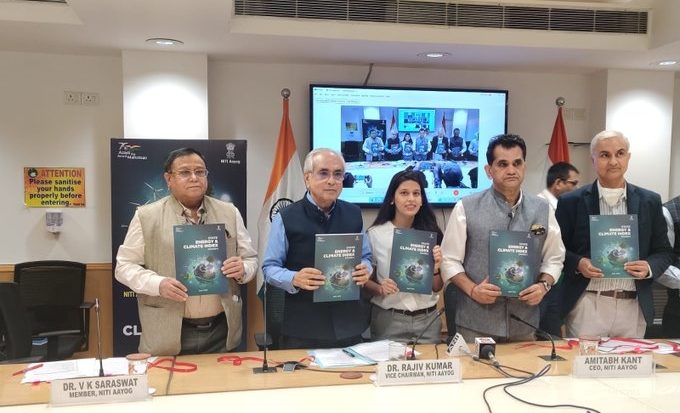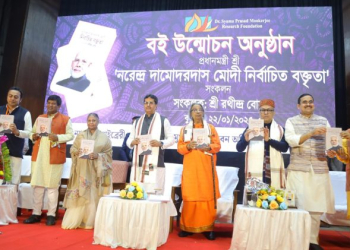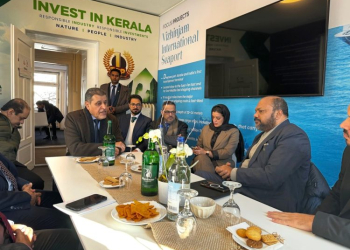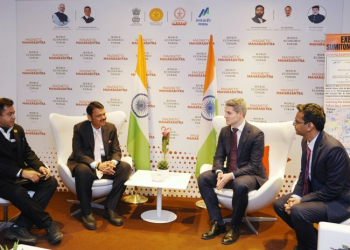New Delhi: Gujarat amongst the larger states and Goa amongst the smaller states have topped the NITI Aayog’s Energy and Climate Index, the Round I for which was launched on Monday here.
Kerala and Punjab rank second and third (in large states) in the State Energy and Climate Index (SECI) Round I wherein the states were ranked on six parameters namely, discoms’ performance, access, affordability and reliability of energy, clean energy initiatives, energy efficiency, environmental sustainability, and new initiatives, all based on 2019-2020 data.
The key findings of the report/index document show 24 states had aggregate technical & commercial (AT&C) losses of more than 15 per cent in 2019-20, while India’s average T&D losses was 21.3, which is more than twice the world average and much above the desirable range of 6-8 per cent and India’s average per capita energy consumption is low at 272 kgoe (kilogram oil equivalent).
Also, in terms of hours of electricity supplied in the industrial and agriculture sector, the all-India average were 24 and 17.1 hours respectively with almost all states providing 24 hours electricity supply in the industrial sector and almost half of the states are providing more than 15 hours of electricity to the agriculture sector, it found out.
The other findings include Renewable Energy (RE) penetration was 19 per cent of total electricity generation and CNG vehicle penetration was 1.2 per cent of the total numbers of registered vehicles. In the environmental sustainability parameter, the forest cover has increased by nine per cent, which is a remarkable progress at national level, and India’s average per hectare carbon stock was observed at 98.4 tonnes, which further needs to be improved, it said.
The Index categorises the states based on size and geographical differences as larger states, smaller states, and UTs. In the top-performing smaller states category, Goa was followed by Tripura, and Manipur while among the UTs, it was Chandigarh, Delhi, and Daman and Diu/Dadra and Nagar Haveli that are the top performers.
Bottom three performers among larger states are Jharkhand, Madhya Pradesh, and Chhattisgarh, among the smaller states are Meghalaya, Nagaland and Arunachal Pradesh while among the UTs are Andaman and Nicobar Islands, Jammu and Kashmir, and Lakshadweep Islands.
“This edition of the report reveals that some of the important data is not available at the state level. There is a need to develop a robust mechanism for capturing such data so that it can be incorporated in future editions of the report,” said a NITI Aayog official.
Stating that governance innovation and mutual learning by states shall go a long way in improving outcomes and SECI Round I is the right step in this direction, NITI Aayog Vice Chairman Rajiv Kumar said: “There is a need to convert our efforts towards achieving the ‘Panchamrit’ targets announced by the Prime Minister at COP-26, Glasgow into a peoples’ movement.”
Modi had announced five major steps that India would take to cut down its emission to meet the net zero target in the year 2070 as part of the overall global effort to restrict temperature rise to 1.5 degrees Celsius compared to the pre-industrial era.
NITI Aayog CEO Amitabh Kant said that achieving the ambitious climate targets would require a conducive policy environment to encourage investment and the State Energy and Climate Index Round-I will help initiate a dialogue with the states on the energy sector so that much required policy improvements can be made.
(IANS)





















